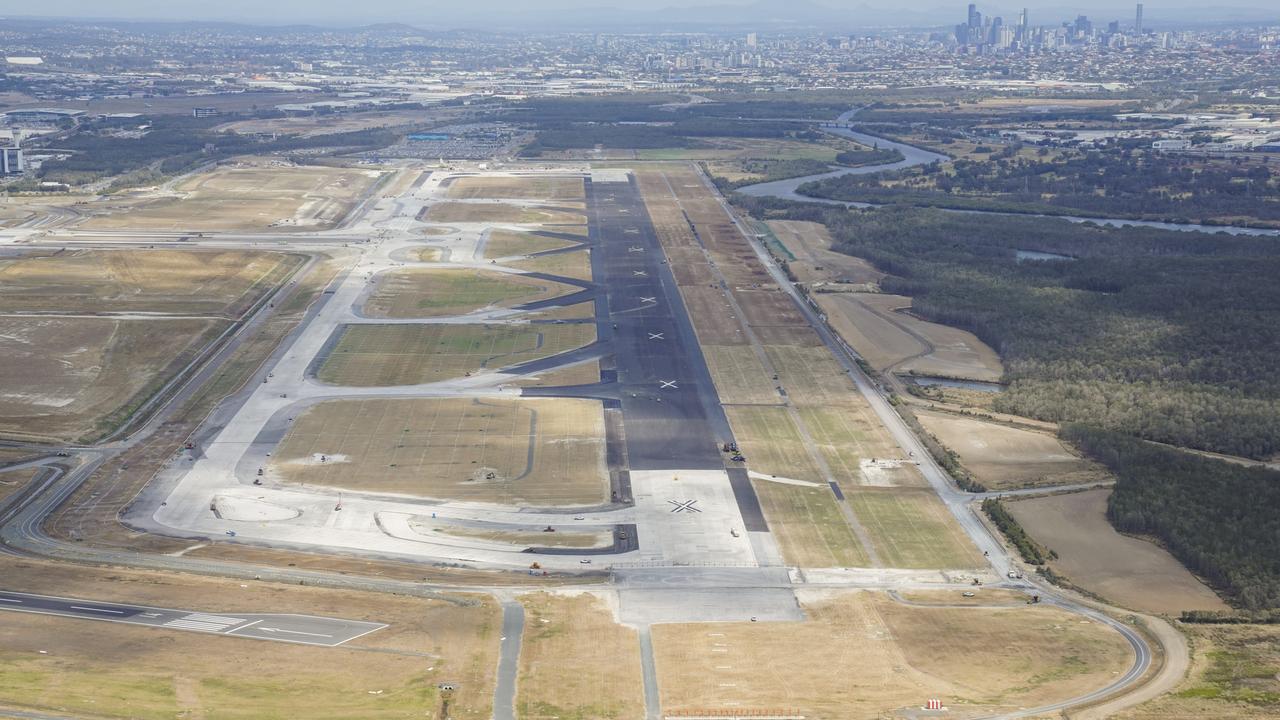Future SEQ: Younger residents more worried about crowding
IT’S a young person’s world, but there’s one thing about the future that has millennials shaking in their boots even more than their elders.
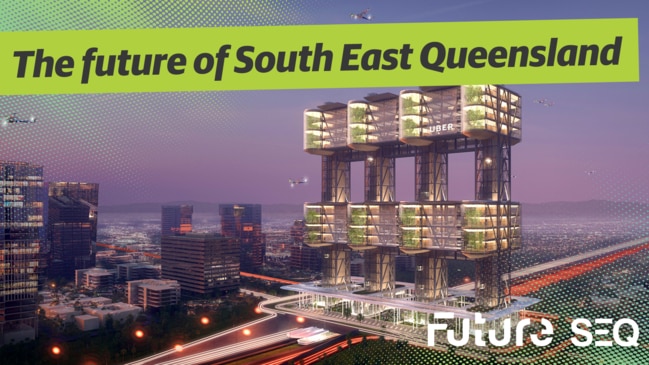
Future QLD
Don't miss out on the headlines from Future QLD. Followed categories will be added to My News.
MILLENNIALS are more worried about the increasing population density in our cities than older generations, an exclusive new poll reveals.
A YouGov Galaxy survey of 1660 southeast Queensland residents found people are split over whether our cities should grow upwards-- or outwards — to accommodate the 794,000 extra homes forecast to be needed over the next 25 years.
Overall, 46 per cent say the priority when planning future development should be on limiting urban density, while 38 per cent say the focus should be on controlling sprawl into greenfield areas.
But among millennials, half were more concerned about infill crowding, peaking at 56 per cent among 25 to 34-year-olds.
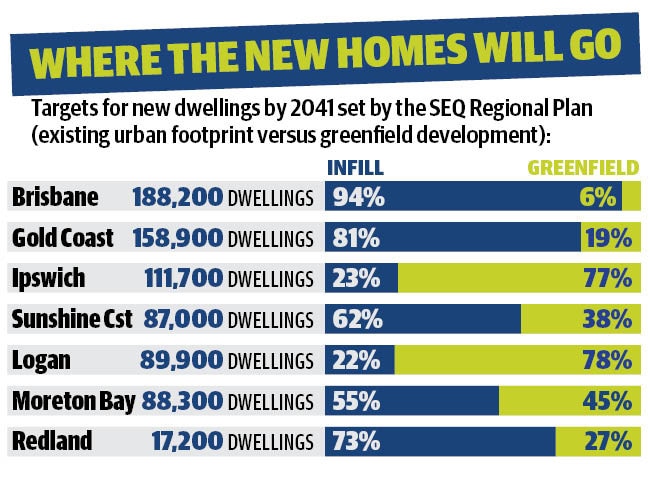
YouGov Galaxy managing director David Briggs said it could be because more young people were already living in built-up areas and experiencing the impacts first-hand.
Property Council Queensland executive director Chris Mountford said the poll result was surprising, and reinforced the need for a wide variety of housing styles to be made available.
“We need more studio apartments, more one and two-bedroom apartments, more housing for older people and people with disabilities, more townhouses, more houses in traditional greenfield developments,” he said.
“People need different housing for different phases of life.”
The State Government’s Shaping SEQ regional plan encourages the development of ‘’missing middle’’ dwellings — terraces, townhouses and self-contained granny or Fonzie flats sharing land with a house — that sit between the detached house and high-rise apartments which currently dominate.
Mr Mountford said a complexity of planning rules across the region made it challenging to retrofit existing suburbs with a range of housing types.
Minimum residential lot sizes range from 600sq m in the Lockyer Valley to no limit in Logan and Moreton Bay.
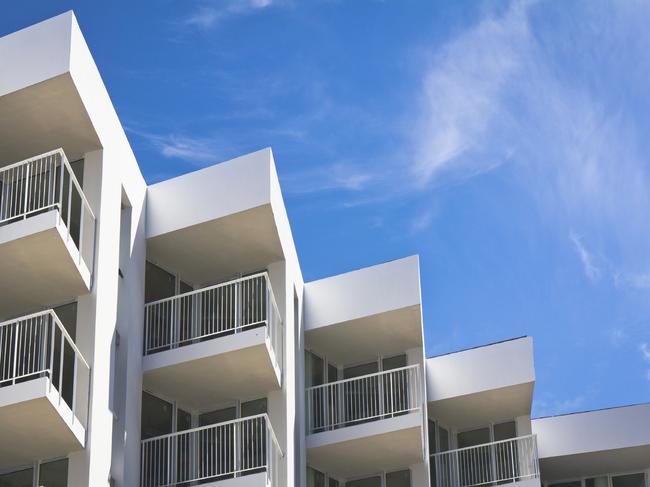
Mr Mountford described Brisbane City Council’s recent decision — dubbed the “Quirk’s Backyard” measure — to ban future townhouse and apartments developments in suburbs zoned for single homes as a backward step.
But Lord Mayor Graham Quirk said: “During the Plan Your Brisbane process, residents were clear that they wanted to preserve the city’s unique character.
“Protecting the Brisbane backyard was one of the key messages we took on board from our conversations and interactions with more 100,000 residents across every suburb in Brisbane and Council is now implementing this feedback with changes to City Plan.”
Projections by the State Statistician’s office show that 97 of Brisbane’s 124 suburbs will have population growth of less than 1 per cent as the city’s 188,000 additional homes are concentrated in inner-city suburbs like West End, transport hubs including Chermside and Upper Mt Gravatt and State Government-designated priority precincts including Bowen Hills and Hamilton Northshore.
James Tuma, national director of city-shaping specialist Urbis, said density was not only inevitable but essential to avoid a housing affordability crisis that would create growing social inequity between wealthy residents of inner-suburbs and those consigned to living long distances from employment and services.
“Density does not mean you can’t have character.,” he said
“You can have charismatic higher-density developments which are sympathetic to the character of the area and to the subtropical climate.”
Leafy suburban streets would remain part of southeast’s Queensland’s identity, but for many people amenity meant access to busy vibrant work, entertainment and dining precincts.
Builder Dean Parker said always he consulted locals and worked hard to ensure developments such as his new eight townhouses complex in Coorparoo fitted in with the surrounding character.
“Rather than knock over the 100-year-old Queenslander which was already on the block, we integrated it into the project,” he said.
“We utilised the existing character of the house while still increasing the density.”
Place Design Group executive director Chris Isles said we needed to make our suburbs work harder by providing more housing in the form of backyard flats, while keeping the trees that were part of the city’s DNA.
US research has identified heritage protections as a significant barrier to development.
No similar studies have been done here, but some planners and architects point out that many of our traditional timber and tin character homes are in just the inner-suburban locations where higher-density development would be most logical.
“We might need to lose some of it so that we can keep most of it,” Mr Isles said. “We have timber and tin around many of the transport hubs that really should have good quality high-density projects … where you could accommodate another 2000 or 3000 people.”
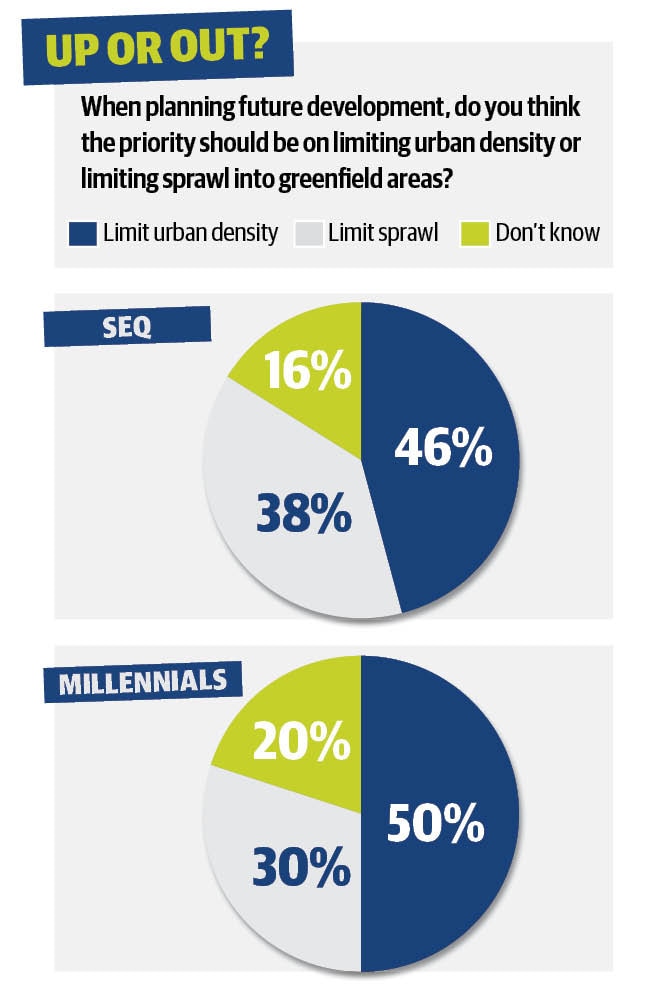
Industrial areas on train lines and major road routes such and Banyo were great opportunities for residential redevelopment.
Caroline Stalker, urban design director with consultants, said the importance of nature to health and wellbeing was being underestimated in the shift from houses with backgrounds to higher-density homes.
Balconies with views of vegetation and big enough to grow herbs and vegetables were important as well as shared green space. “We are trying to get medium and high density housing around transport, which is good. But there is likely to be a park nearby so why don’t we develop around that, or near creek corridors so people can open their window or doors to a green view.”
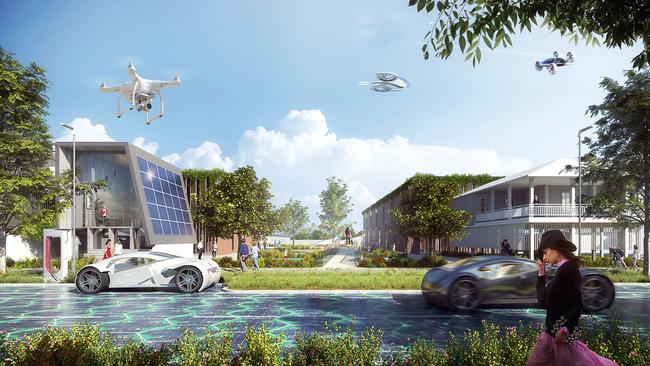
Vision of the future
RAMBLING old Queenslander character homes with white picket fences sit side-by-side next to hi-tech, high density infill housing designed to take advantage of solar power in this image of a future southeast Queensland suburban streetscape by city-shaping specialists Urbis.
Electric cars are recharged at the side of the street but the widespread use of shared autonomous vehicles, reliable rapid public transport and delivery drones has made private vehicles superfluous for most people.
Without garages and driveways, homes are smaller and individual gardens have made way for shared multi-use spaces.


